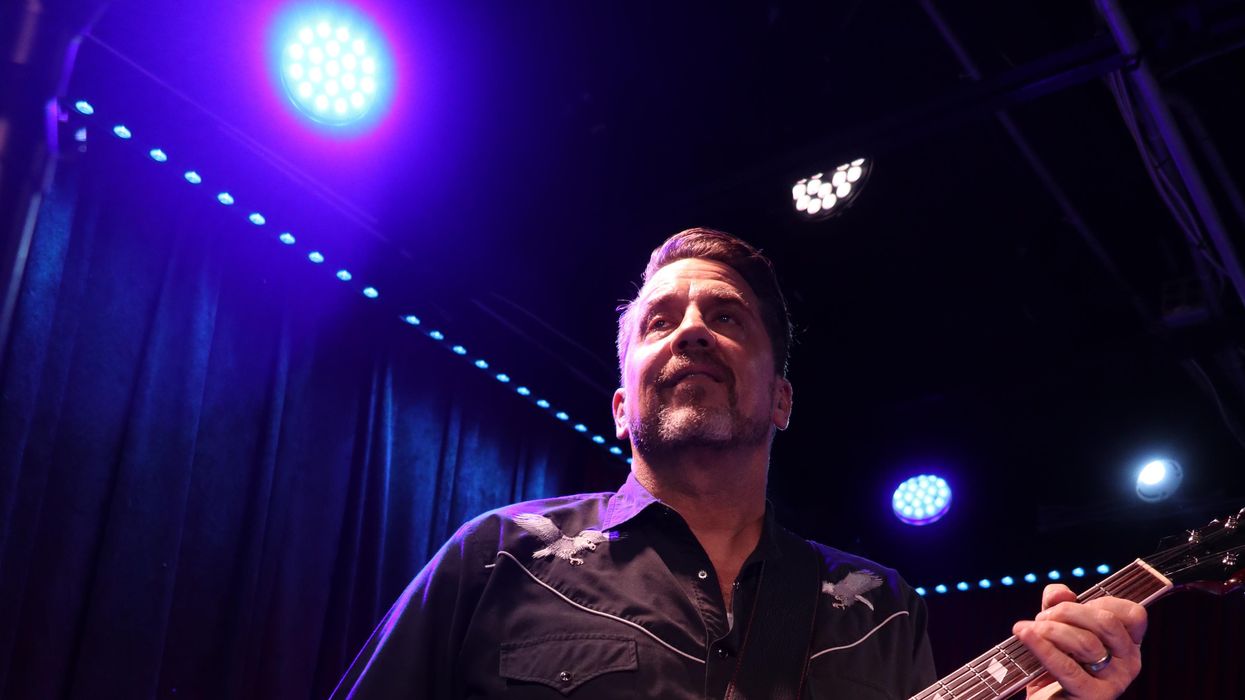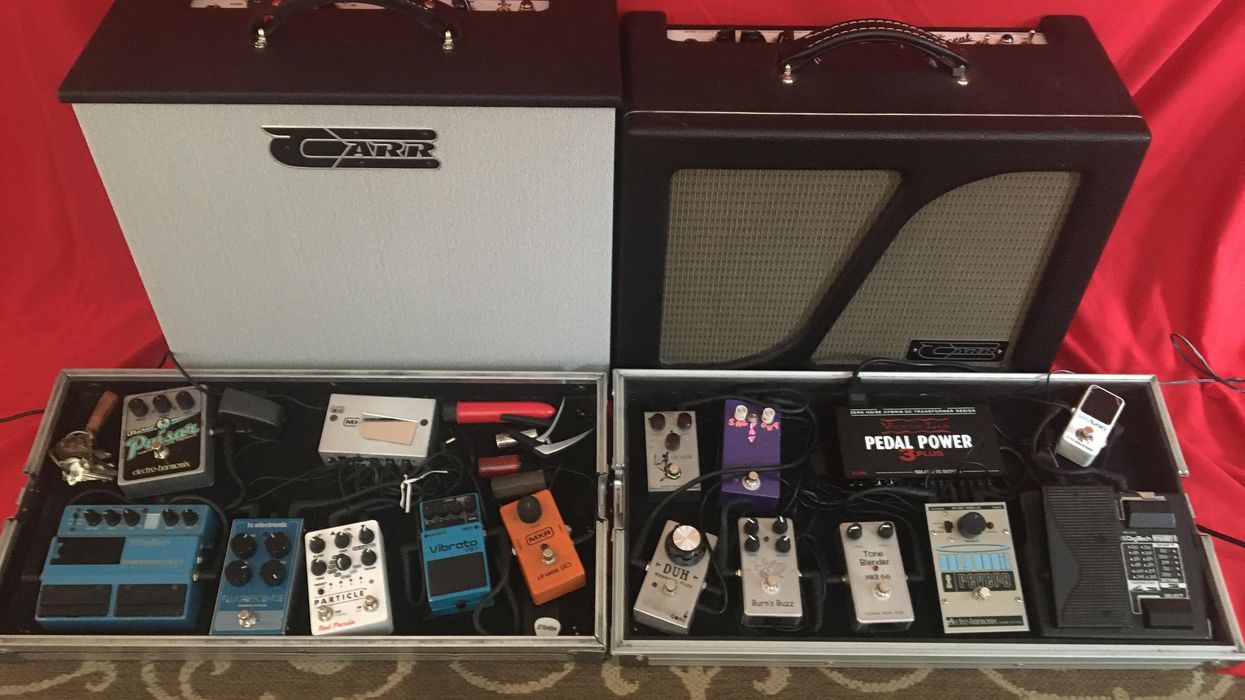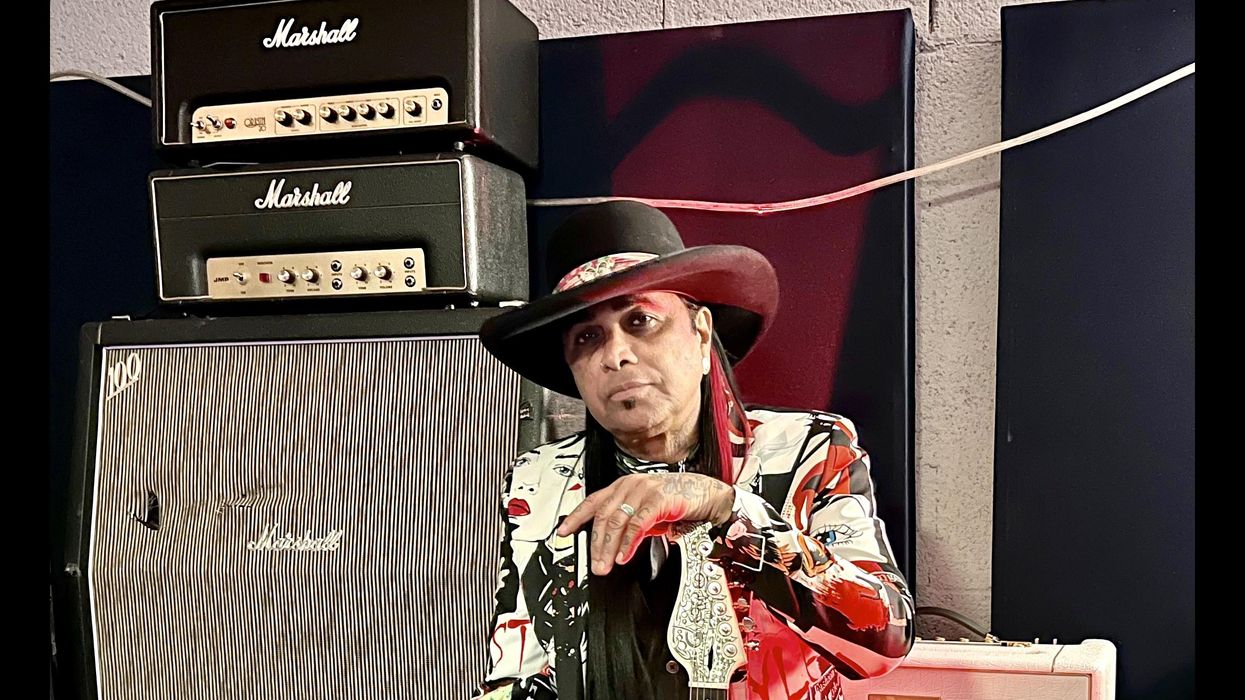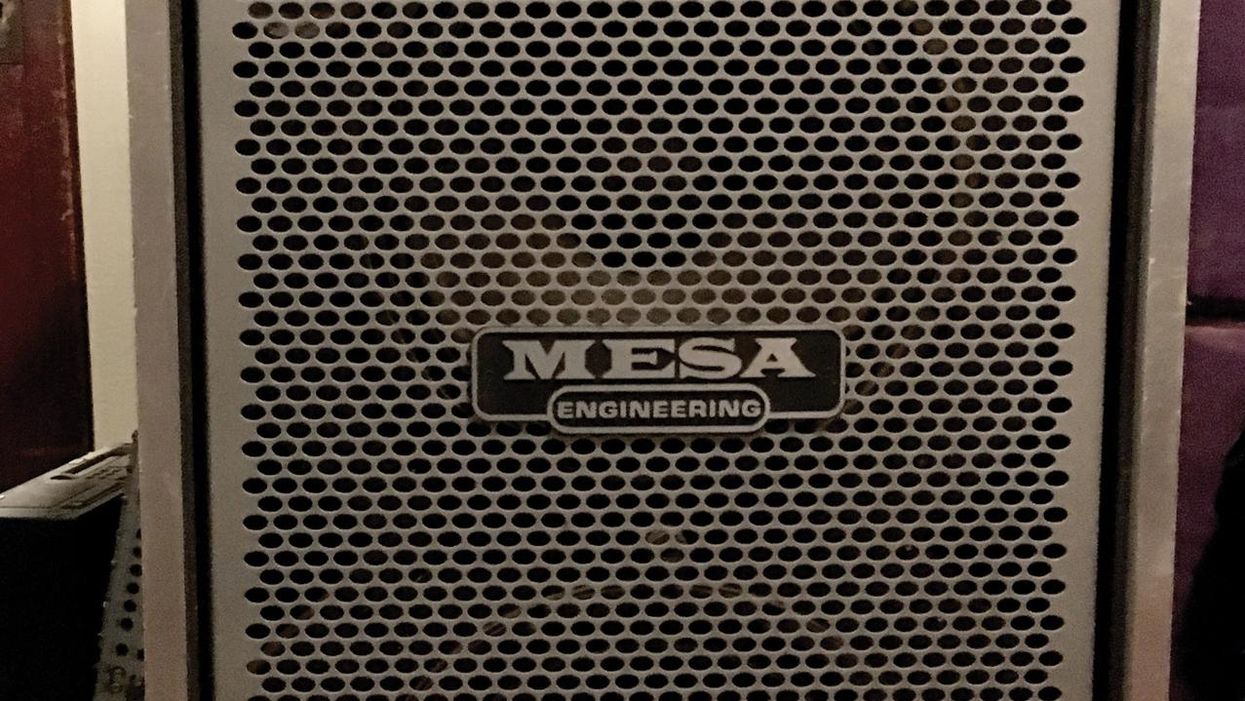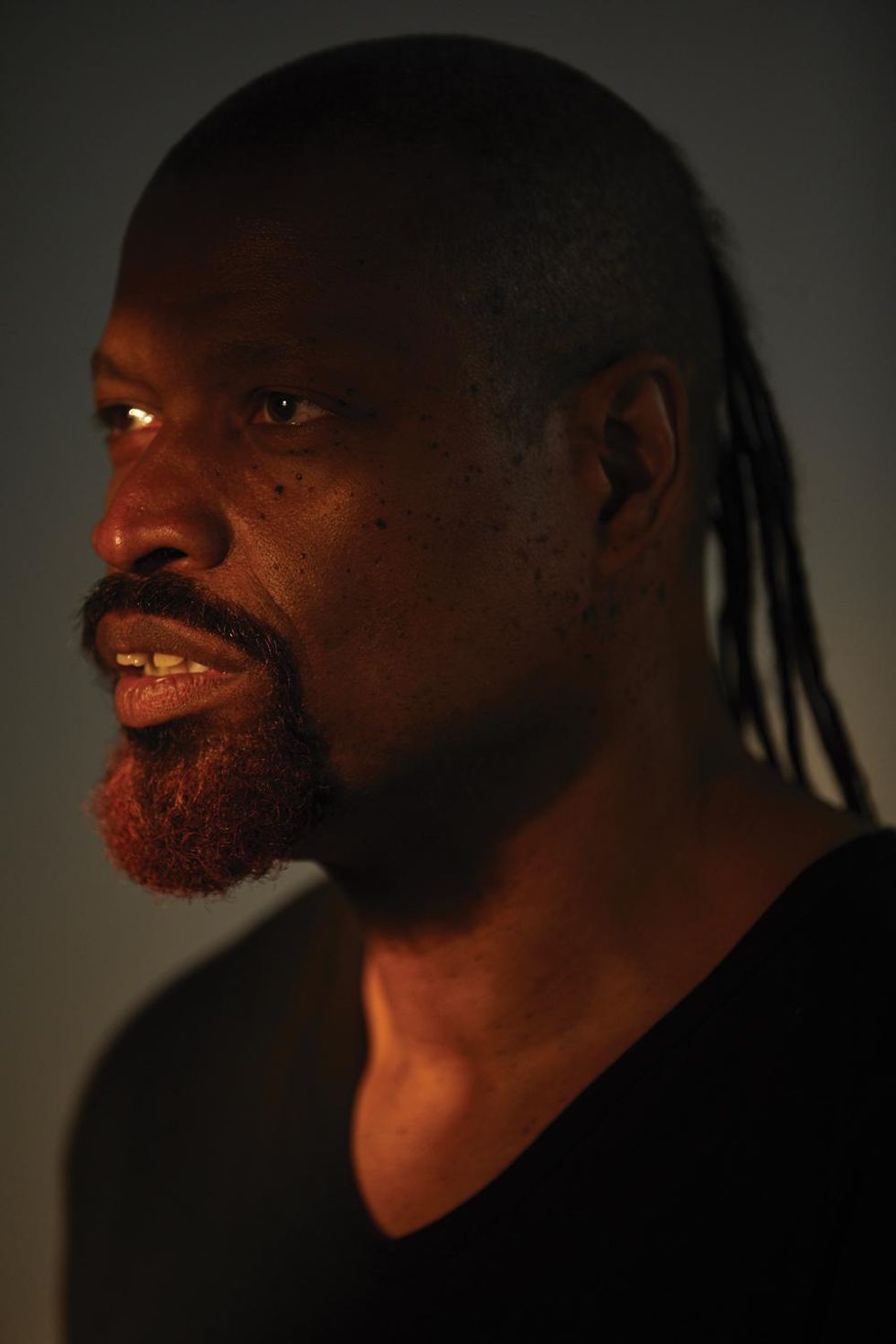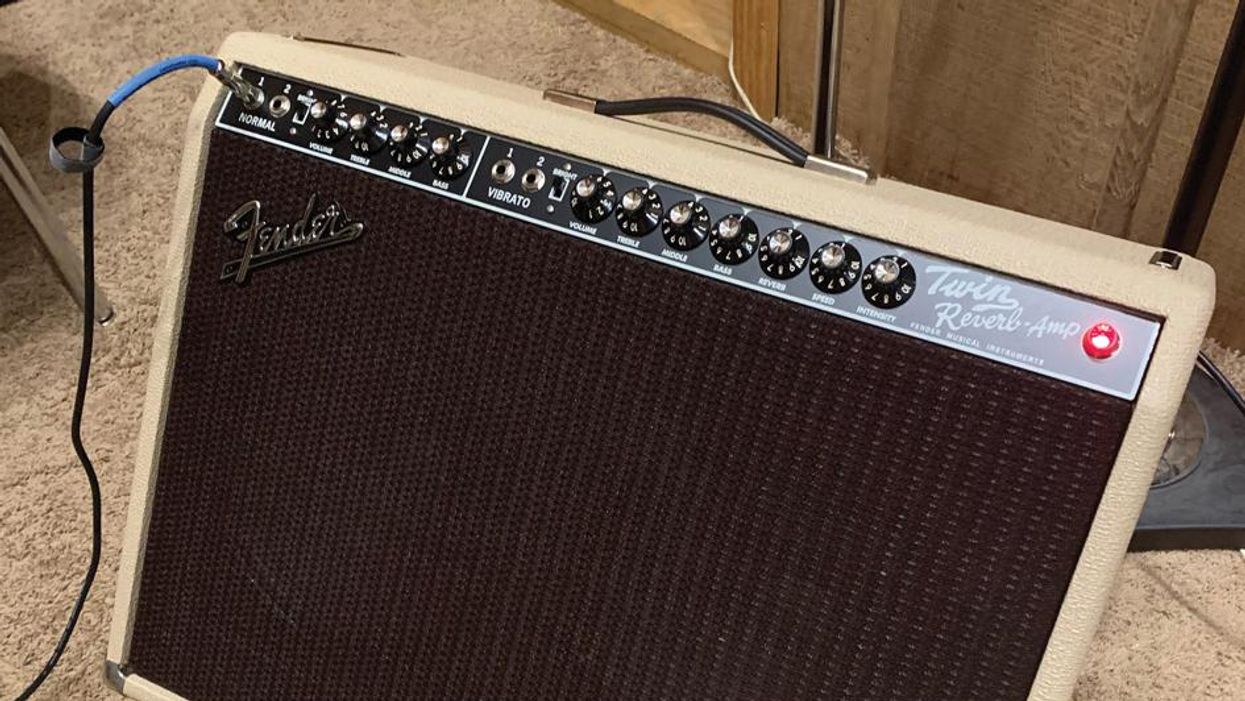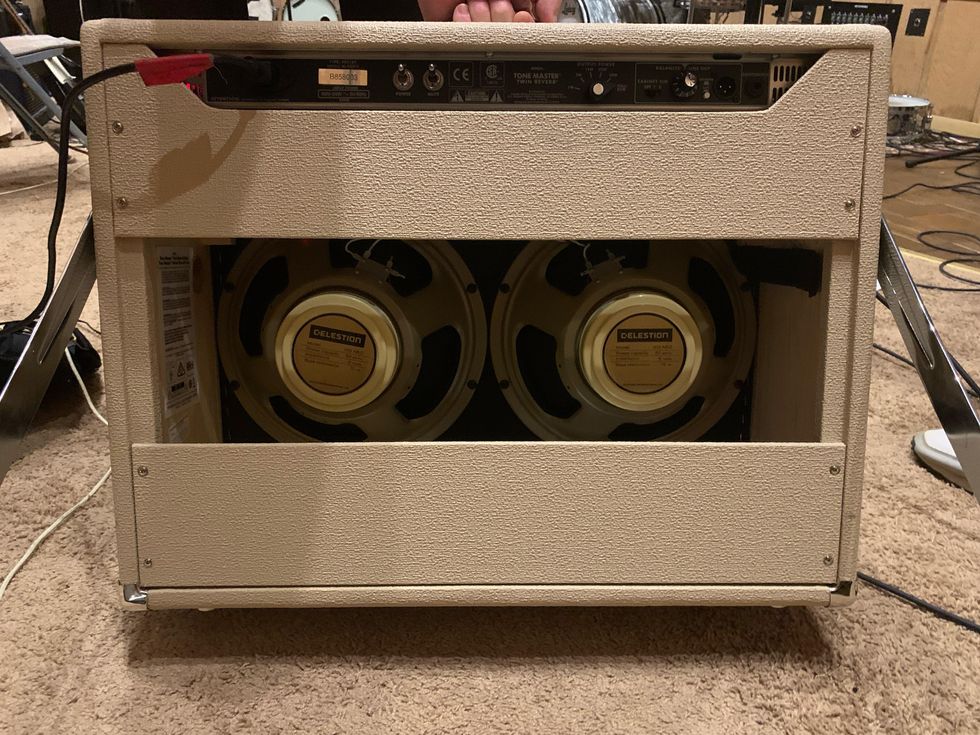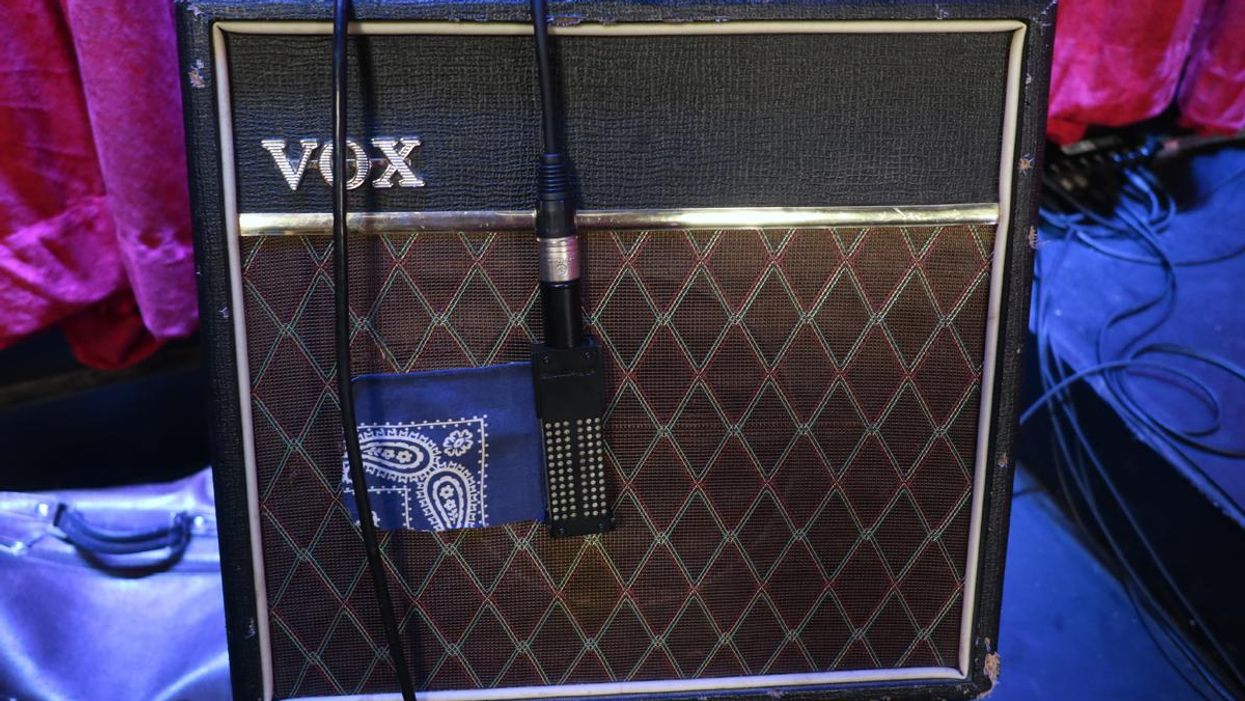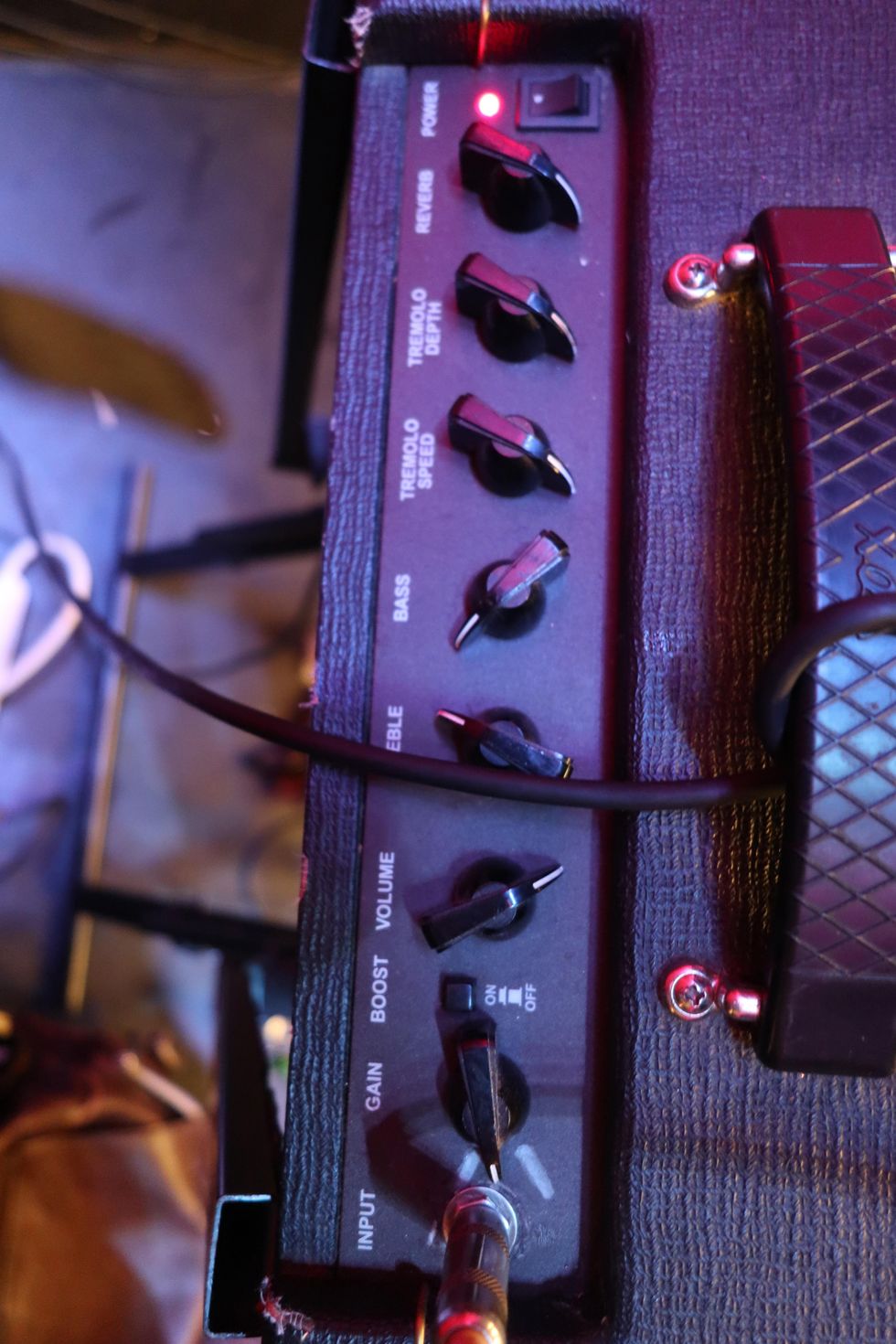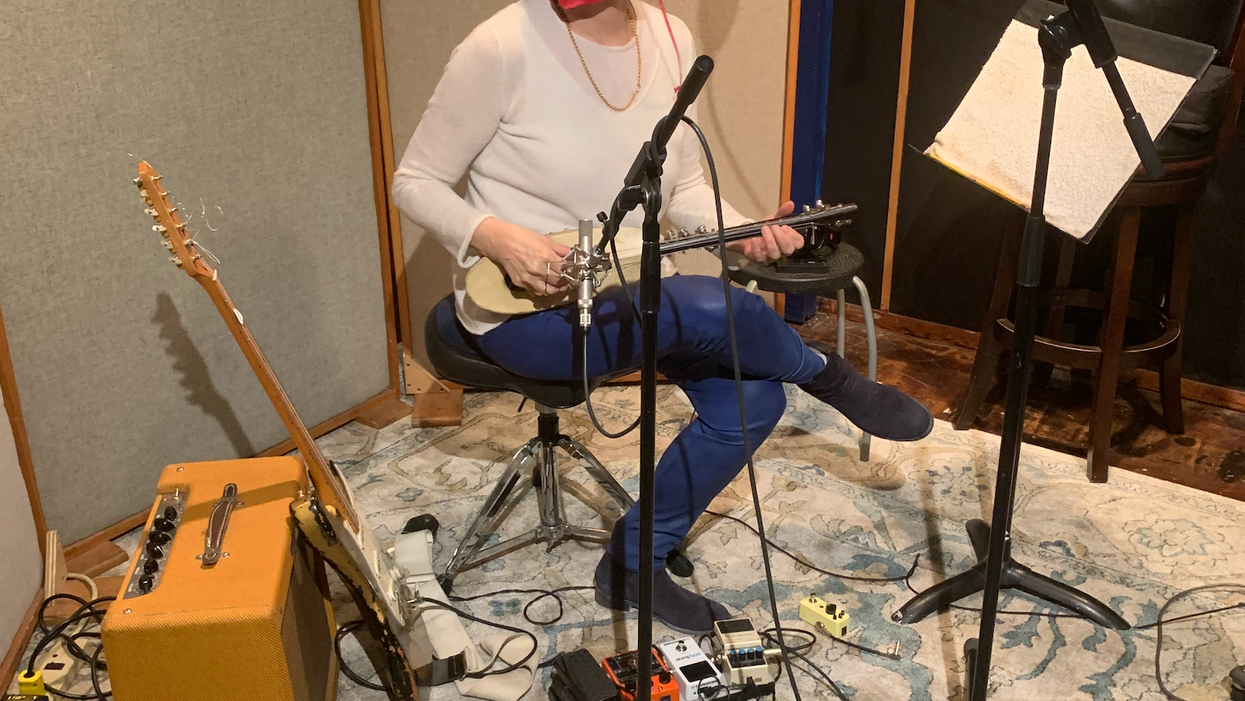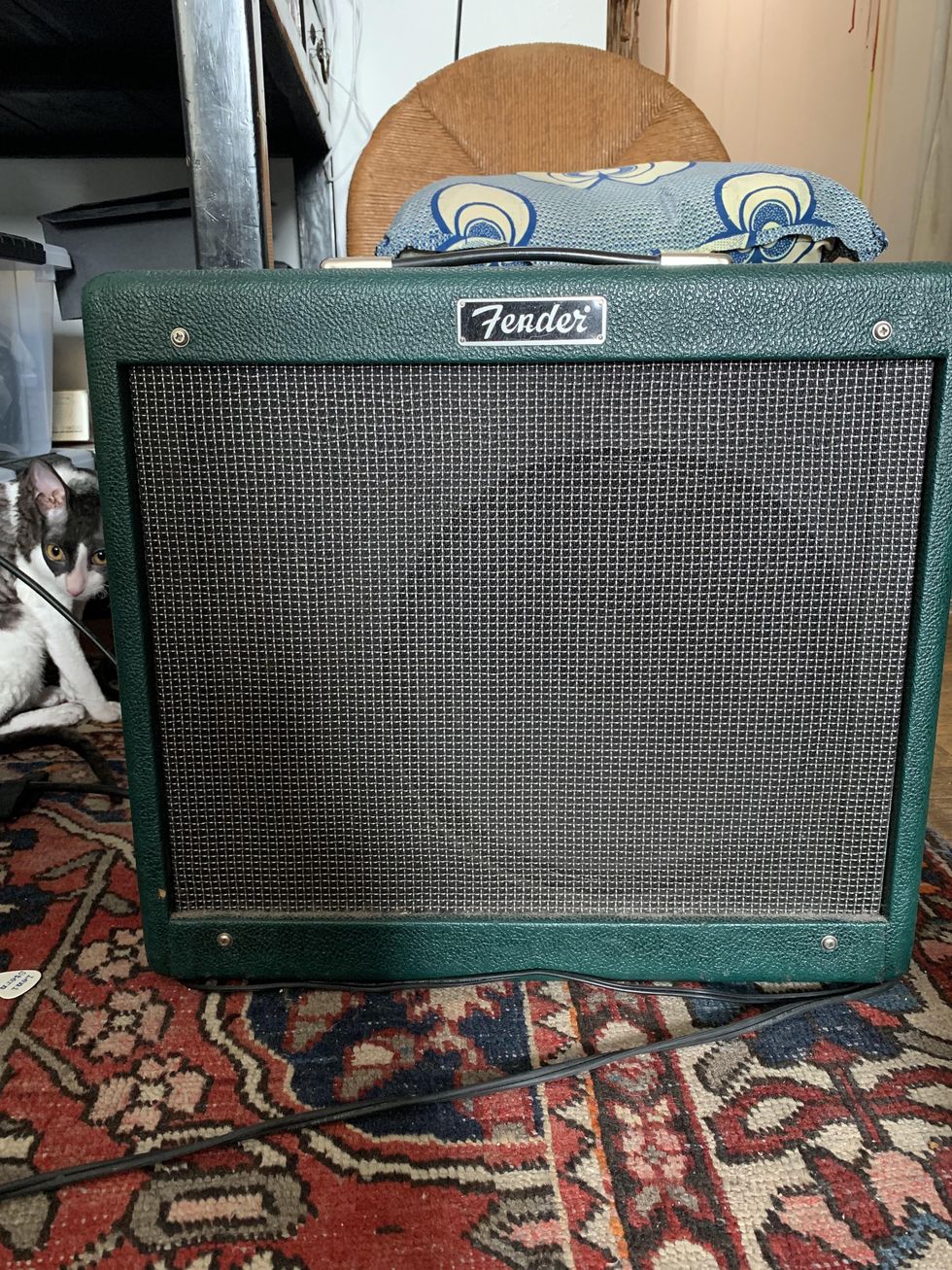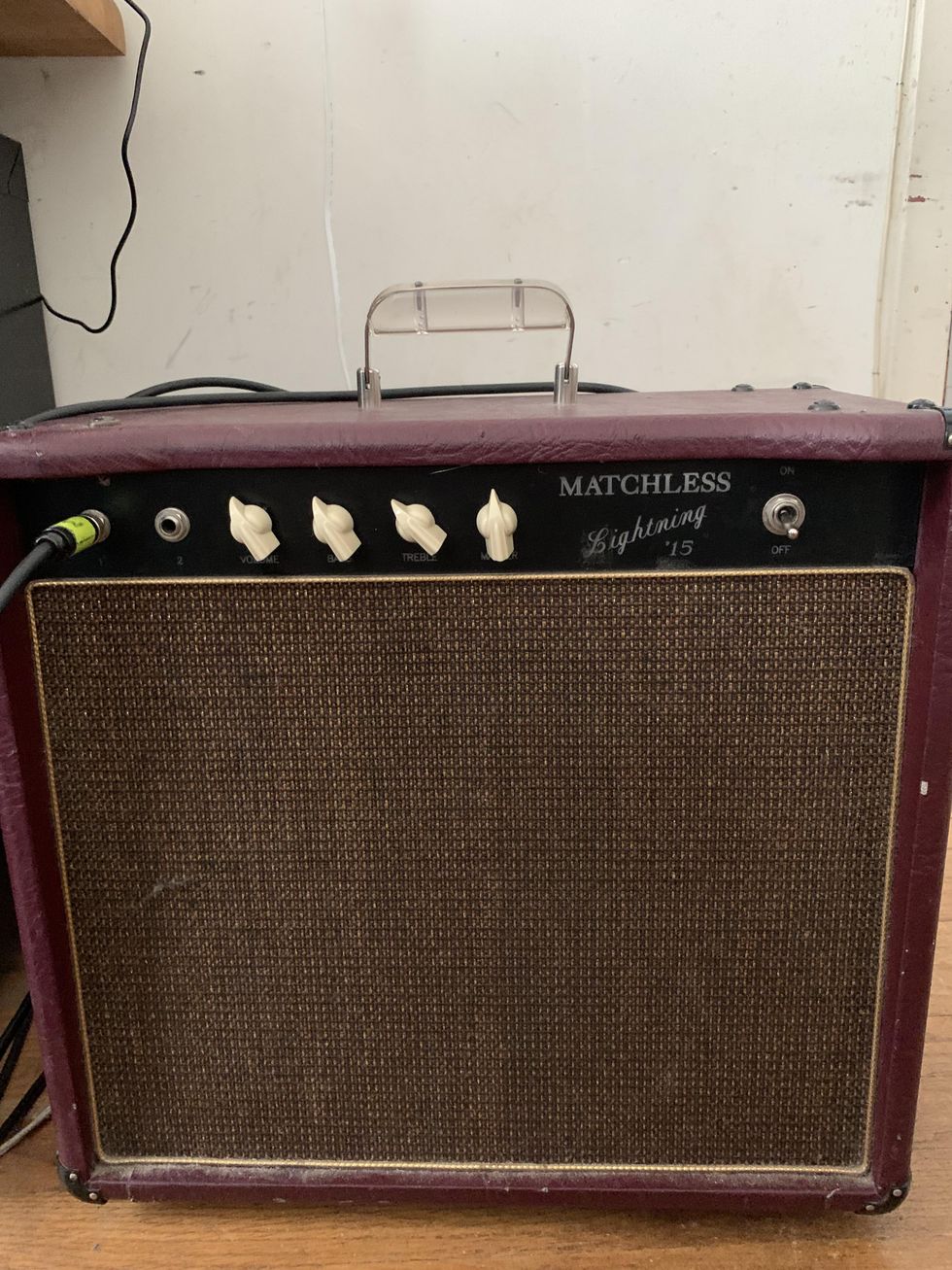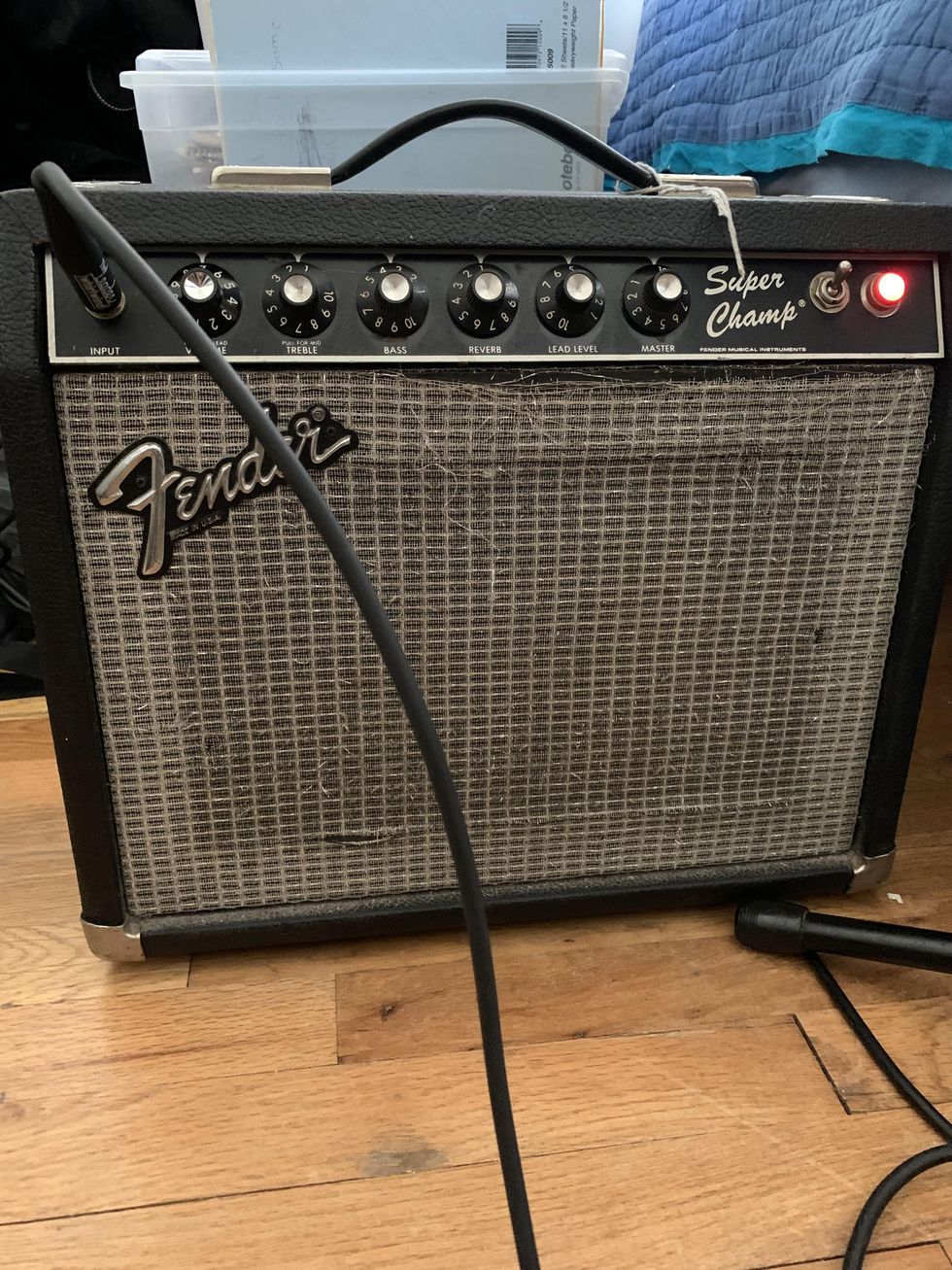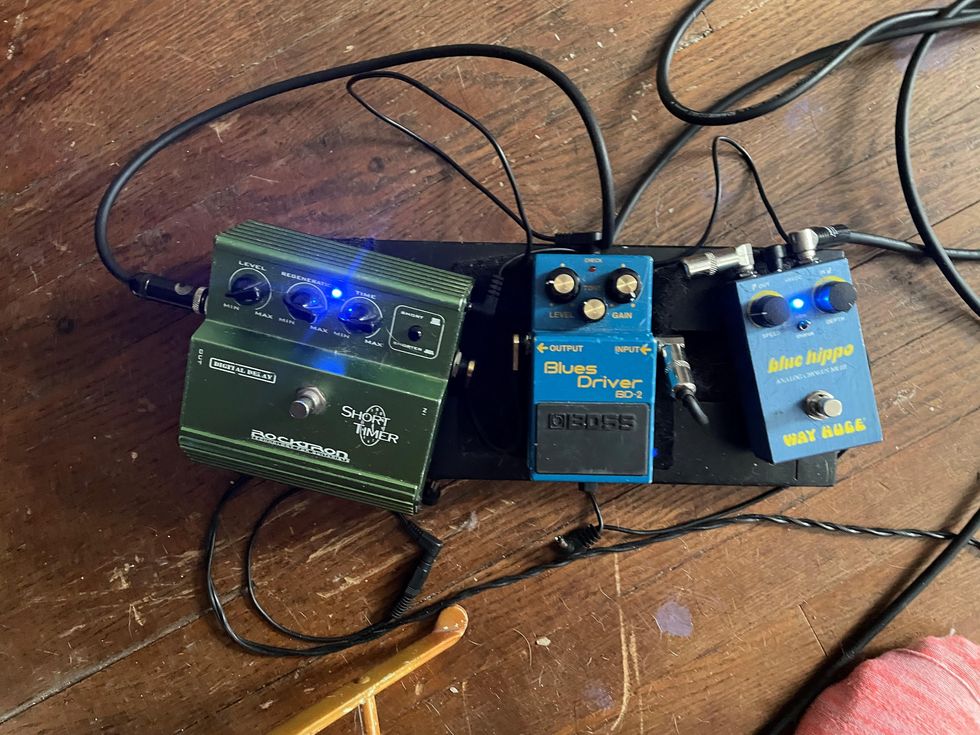Delivering dirty brujo tone is not simple. Just grab a ouija board and ask Hound Dog Taylor or Pat Hare. Or, if communing with the spirits in a literal way isn’t your thing, check in with Patrick Sweany. He’s easy to find since he’ll be on the road for most of November and December touring a double-bill with fellow Nashville-guitar sparkplug JD Simo. And when he’s at home … even easier, since he holds down the Monday early evening slot at Music City’s indie mecca, the 5 Spot, with the Tiger Beats, a blues tribute band he co-fronts with McKinley James, who was profiled in last month’s PG feature “10 Young Guitarists to Watch.”
Sweany swaps the ouija board for raw-speaking amps and a ’90s Epiphone Riviera with gold-foil pickups, plus a sawdust-and-blood voice that would make Howlin’ Wolf cock an ear, as a means to conjuring the dirtiest, deadliest tones of primal electric blues—like those found on nascent recordings by the labels Chess, Cobra, and King. Or, for that matter, on Sweany’s own catalog of a dozen albums, including 2018’s Ancient Noise, where his abilities as a songwriter propel the blues form into the present, leaning toward the future.
But enough about Patrick. This is an amp column, and when he turned up at a recent Tiger Beats gig to talk gear, he brought three Clydesdales with him: a vintage ’60s Danelectro Explorer, a Fender ’57 Custom Pro-Amp, and an Excelsior from Fender’s Pawn Shop series. What do his favorite amps have in common?
“A 15" speaker with an alnico magnet is it for me,” he says, “and 15 to 20 watts is my sweet spot, where the amp breaks up and still has some bottom end. I’m a fingerstyle player, with a thumbpick and two finger picks, so compression is the devil. Amps with 10" speakers are too harsh, which can work for playing lead like Freddie King, but when I was trying to find my sound, 15s were the answer. It’s very full and rich.”
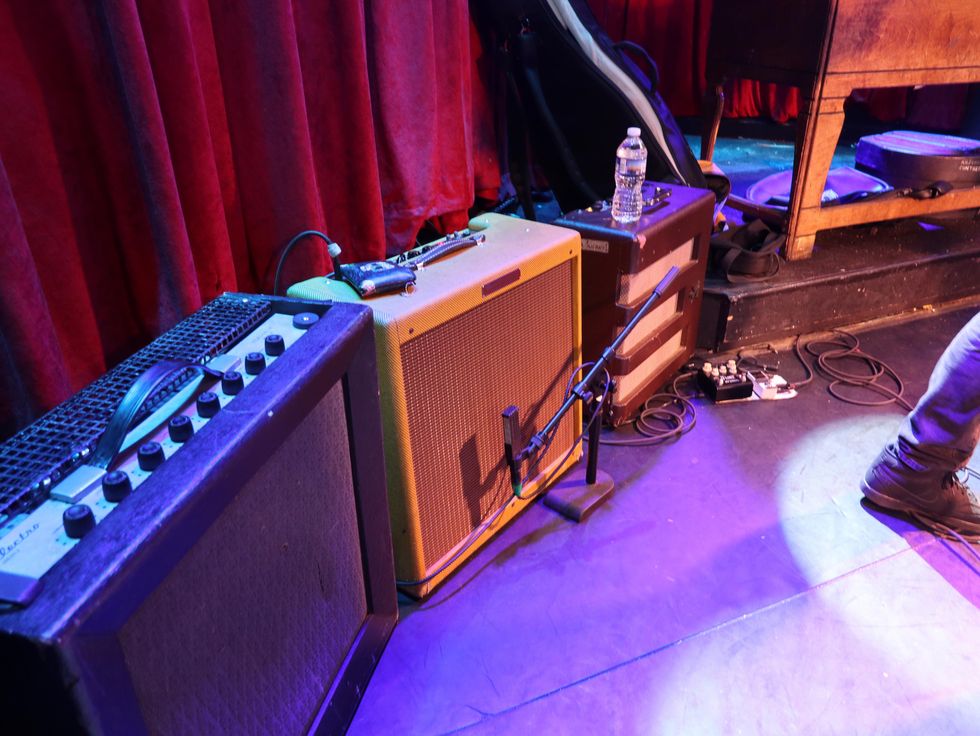
All three of his amps are in harness, but only the Fender ’57 Pro-Amp has the microphone for this gig.
Sweany says his signature sound crystallized when he got the Danelectro, which is a quirky beast. Unlike some earlier Explorers, this model has its tubes and transformers on display, enclosed by a cage at the rear top of the amp. Better yet, that cage flips open, which means the amp—with its array of two 6L6 tubes, a 6FQ7, a 12AX7, a 12AU7, a 6AU7, and a 5Y3GT, plus heavy transformers—can be its own workbench while remaining plugged in. Explorer amps came with a single Jensen C15N speaker. Sweany’s is all-stock except for a recapped power supply, and amp tech Kyle Wierzba cleaned it up and restored it to original spec.
While the Dano Explorer isn’t worth a fortune, Sweany values the amp enough to keep it at home or nearby, so it doesn’t join the Pro or the Excelsior on tour. “If you’re a piece of my equipment, you’re not in a comfort environment,” he says, laughing. “You’re a shovel handle.”
His favorite road amp is his ’57 Custom Pro, a killer reissue I had the pleasure of reviewing for PG in early 2017. Sweany’s first chance to play through the model was while filming a demo for Fender with Laur Joamets. “They gave it to me after the session,” he says. The amp has a thin tweed cabinet and is inspired by Fender’s famed 5E5A circuit. It’s got a 12AY7 and two 12AX7s preamp tubes, two 6L6 power tubes, and a 5AR4 rectifier tube, and it is a loud 26 watts. As a shovel handle, Sweany’s Pro has not led an easy life. After it died on the road, Wierzba replaced the transformers with Mercury Magnetics, swapped the caps, and installed reissue GE 6L6 tubes, along with some lesser maintenance.
I’m a fingerstyle player, with a thumbpick and two finger picks, so compression is the devil.
And finally, there’s the Excelsior: a 13-watt tiger that emulates the look and sound of Valco-type late-’50s/early-’60s circuits. Sweany had his eye on the Excelsior the minute it was unveiled in 2012. It’s got two 6V6s and two 12AX7 preamp tubes. It has the simplest control array of his troika, with old-school mic, accordion, and guitar inputs, a bright/dark switch, and volume and tremolo dials. But this Excelsior was modded by Nashville amp builder Mickey Sandora, who added a tone stack with more headroom and bottom end, activated by a toggle switch.
In addition to tremolo, another thing these amps have in common is an absence of reverb. “For a long time, I didn’t use reverb—just tremolo, which is another important part of my sound,” Sweany says. But his Tiger Beats compadre James’ Fender Super Reverb always sounds so damn good that it wore him down. His team of plough horses now have a partner: a Strymon Flint. And you’ll hear them all when the Tiger Beats finish their debut album of original music that’s in the works.
PATRICK SWEANY "Up And Down" **OFFICIAL VIDEO**
Hear the nasty old-school sound of Sweany’s Danelectro Explorer amp in “Up and Down,” from his most recent album, Ancient Noise.
